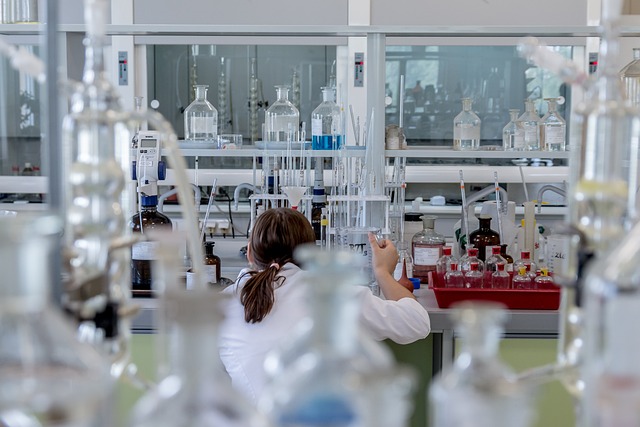
Exploring the World of Lab Equipment
Stepping into a science lab can feel like entering a whole new universe, where each piece of equipment has its own story to tell. From the moment students first lay eyes on the shiny glass beakers to the sturdy microscopes, there's an undeniable thrill in discovering how these tools help us understand the world around us. Let's dive into some essential lab equipment names and their uses, shall we? 🧪
1. Beakers
Beakers are the unsung heroes of the lab! With their flat bottoms and straight sides, they provide stability on various surfaces, making them perfect for boiling liquids and mixing substances. The large opening allows for easy pouring and stirring, but they aren't ideal for storage. Instead, they shine in experiments where measurements and reactions take center stage.
2. Microscopes
Ah, the microscope! A staple in biology labs, this magical device allows us to peer into the microscopic world. A simple light microscope, often found in schools, is perfect for examining tiny organisms or cells. It opens up a universe of discovery, helping students grasp the intricacies of life at a cellular level. 🌱
3. Test Tubes
These slender glass tubes are perfect for holding small amounts of liquids during experiments. Test tubes are often used for mixing, heating, or storing substances and come with a variety of sizes to suit different needs. Their versatility makes them a favorite among budding scientists!
4. Bunsen Burners
For those moments when heat is essential, the Bunsen burner is a lab essential. This handy device provides a controlled flame for heating substances, sterilizing equipment, or conducting experiments that require a bit of fire. Safety is key, so always remember to follow proper protocols when using one!
5. Graduated Cylinders
When precision is crucial, graduated cylinders come to the rescue. These tall, narrow containers are designed for measuring liquid volumes accurately. With clear markings along the side, they ensure that even the smallest measurements are easy to read. Perfect for those who like to keep their experiments precise!
6. Pipettes
Pipettes are like the gentle artists of the lab, allowing for the careful transfer of liquids in precise amounts. Whether it’s a simple drop or a measured milliliter, pipettes help ensure that experiments are conducted with accuracy. They are especially useful in chemistry and biology labs.
7. Magnifying Glass
Sometimes, all you need is a little extra help to see the details! A magnifying glass is a classic tool that students often encounter in their early science education. It’s perfect for examining small objects or reading fine print on various equipment. A simple yet effective tool!
Conclusion
Understanding lab equipment is a foundational part of science education. Each piece plays a vital role in experiments and discoveries, helping students develop a deeper appreciation for the scientific process. So, the next time you step into a lab, take a moment to appreciate these tools that make exploration possible! 🧬










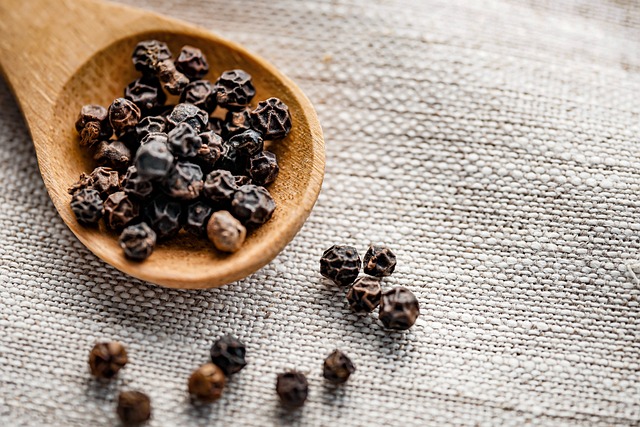
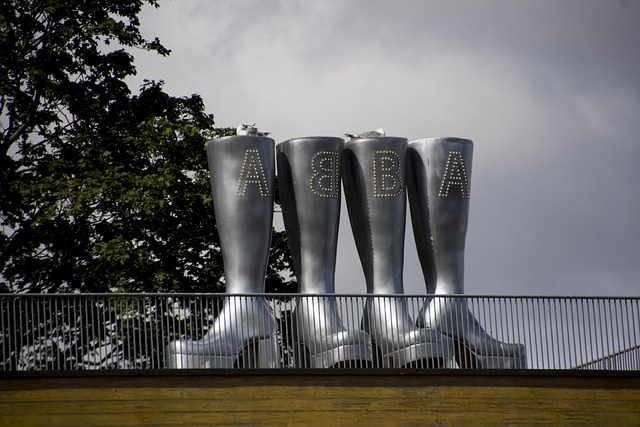
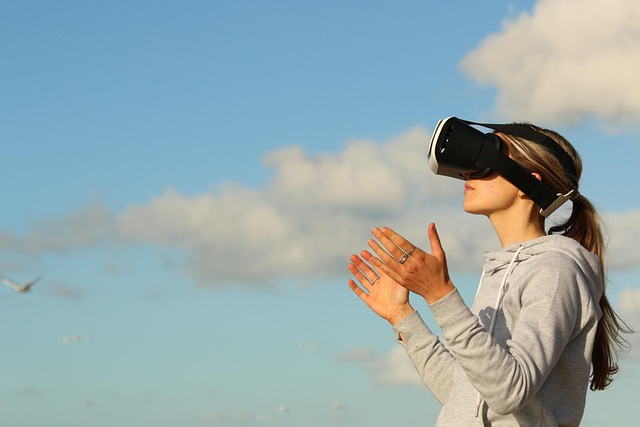



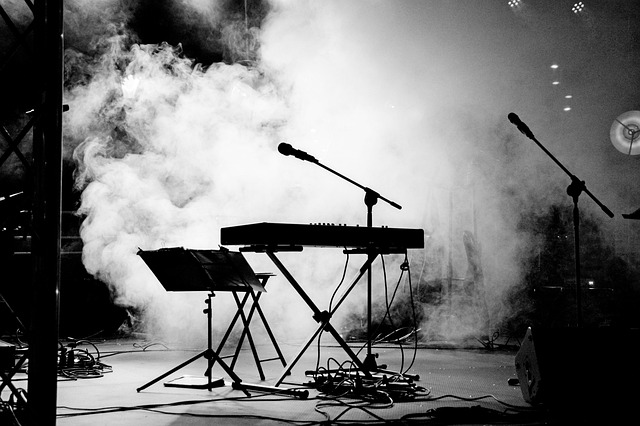
 Audio Modulation in Unreal Engine
Audio Modulation in Unreal Engine 
 Health
Health  Fitness
Fitness  Lifestyle
Lifestyle 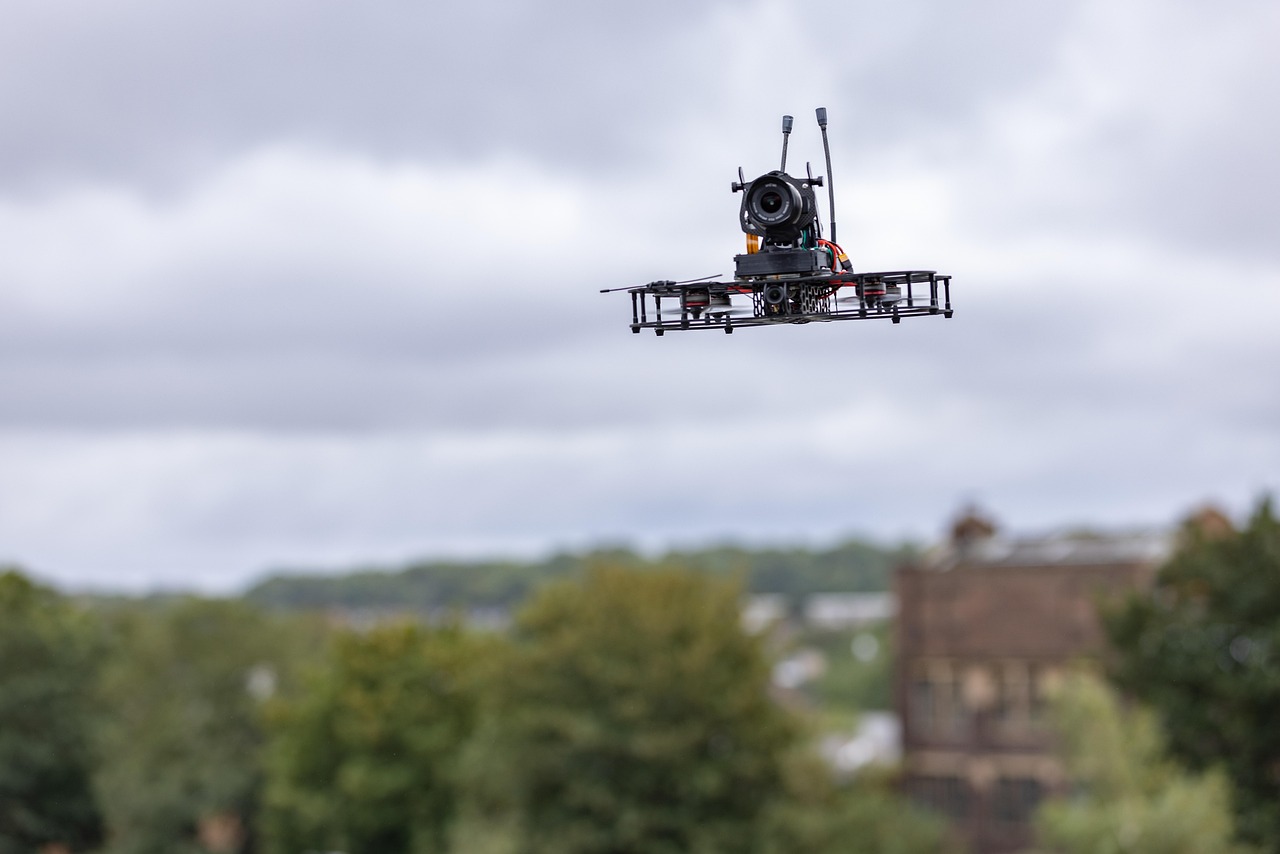 Tech
Tech  Travel
Travel 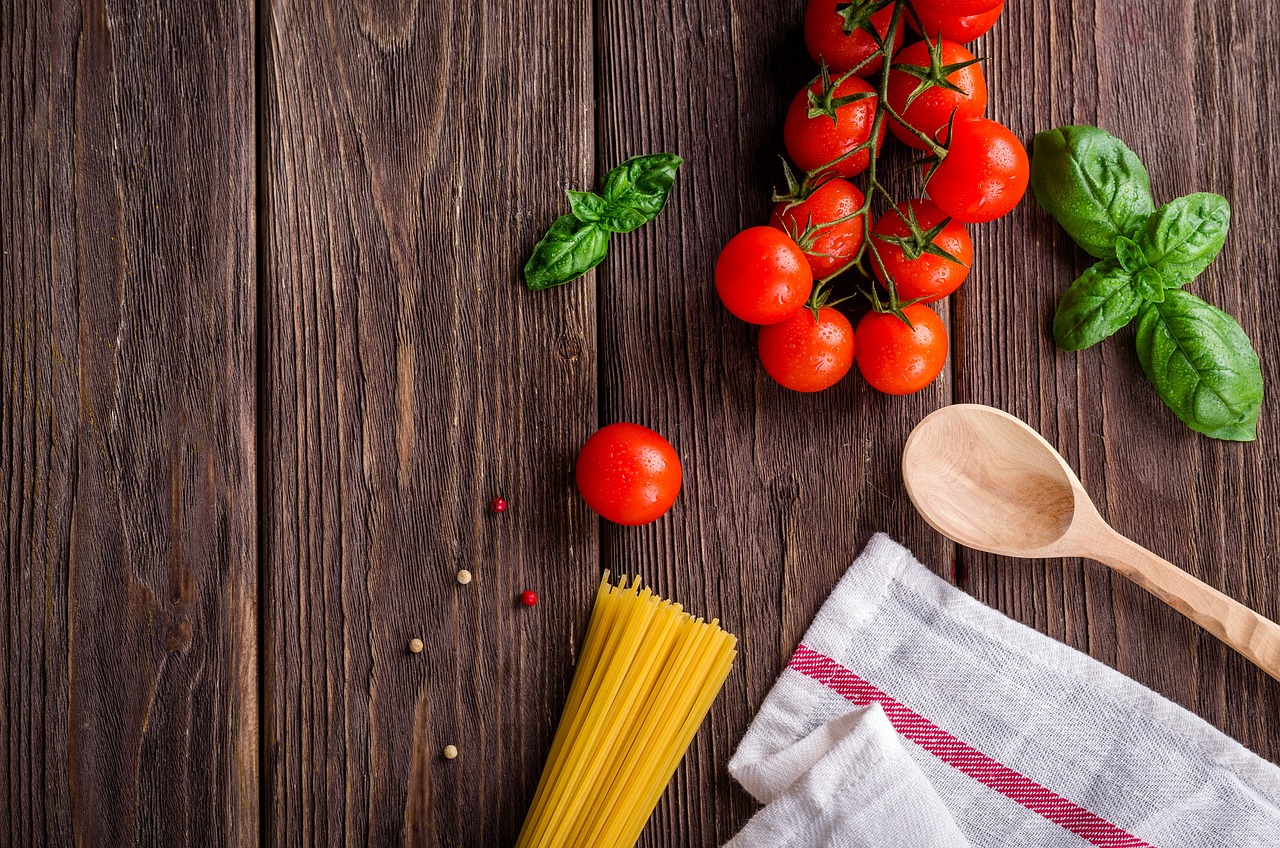 Food
Food 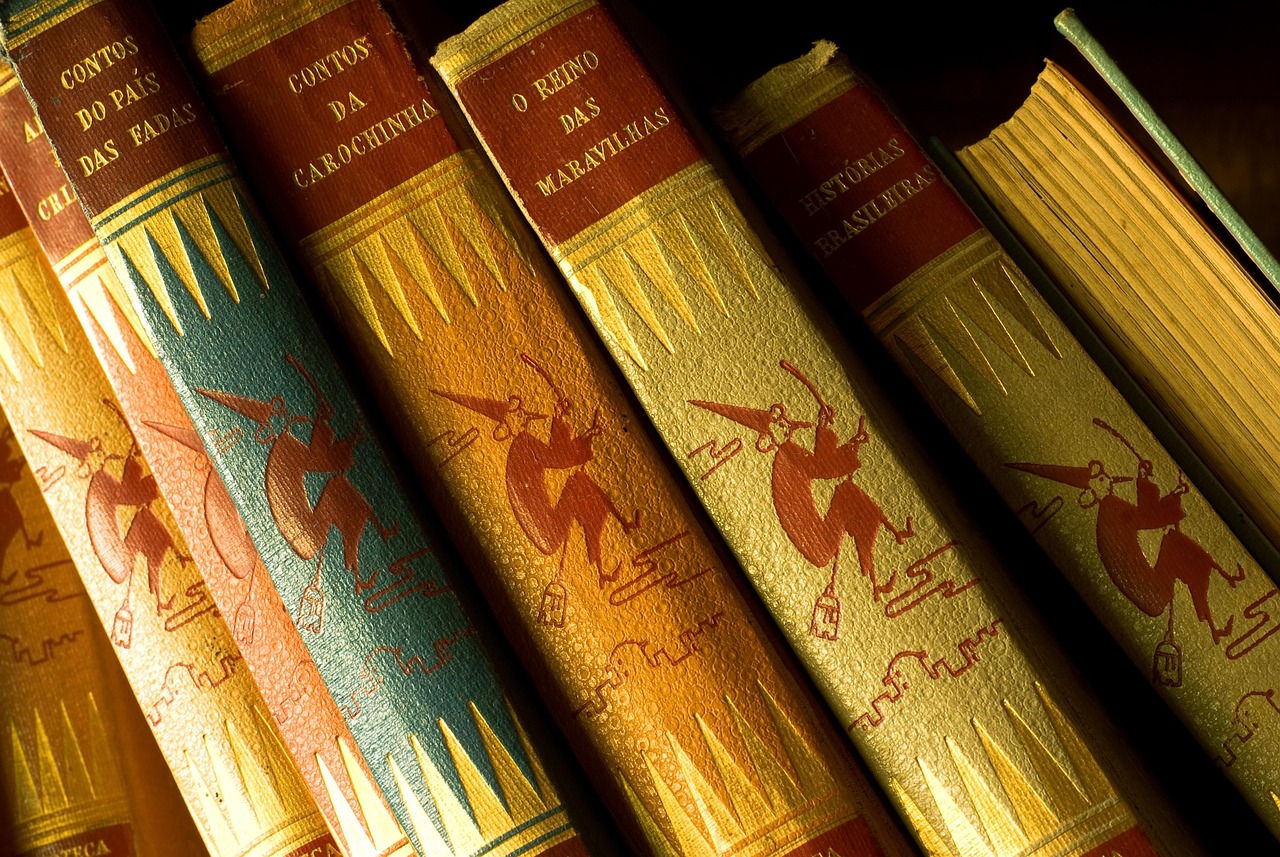 Education
Education  Parenting
Parenting 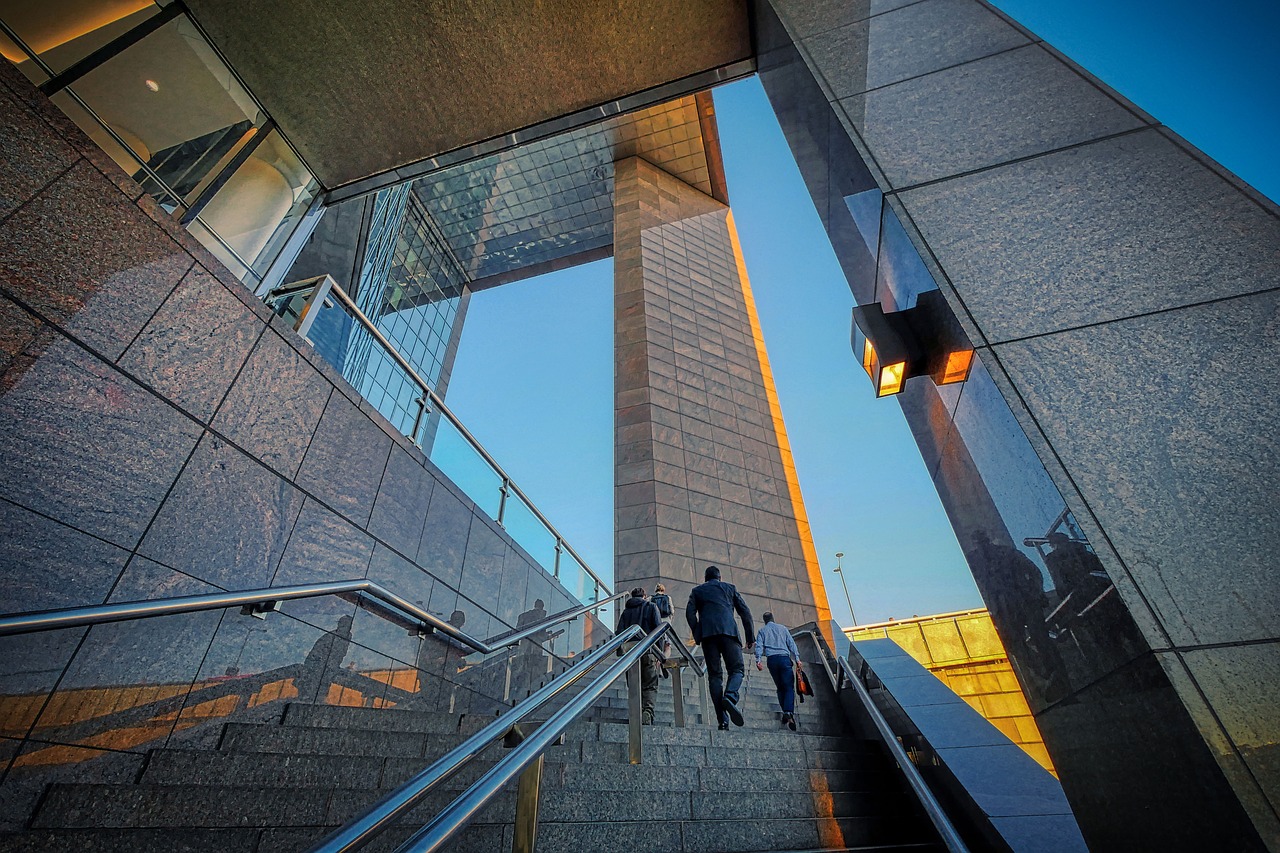 Career & Work
Career & Work  Hobbies
Hobbies 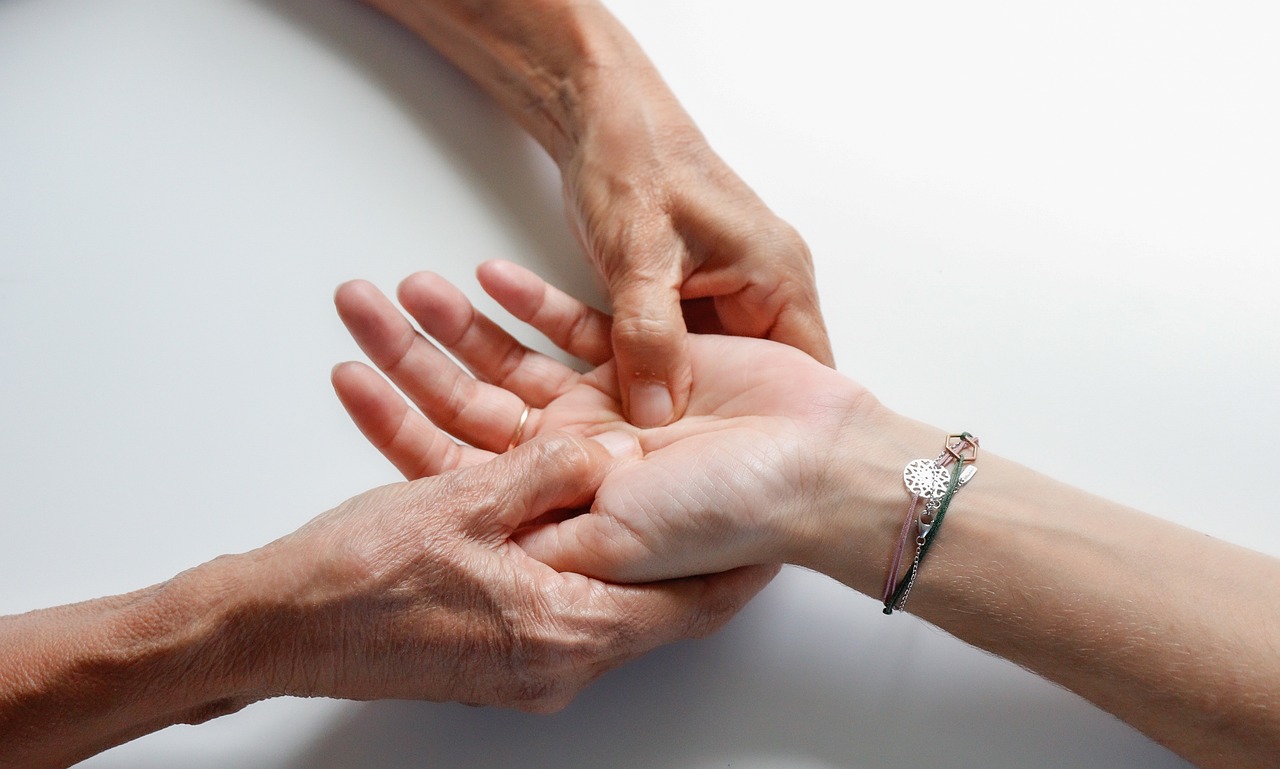 Wellness
Wellness  Beauty
Beauty  Cars
Cars 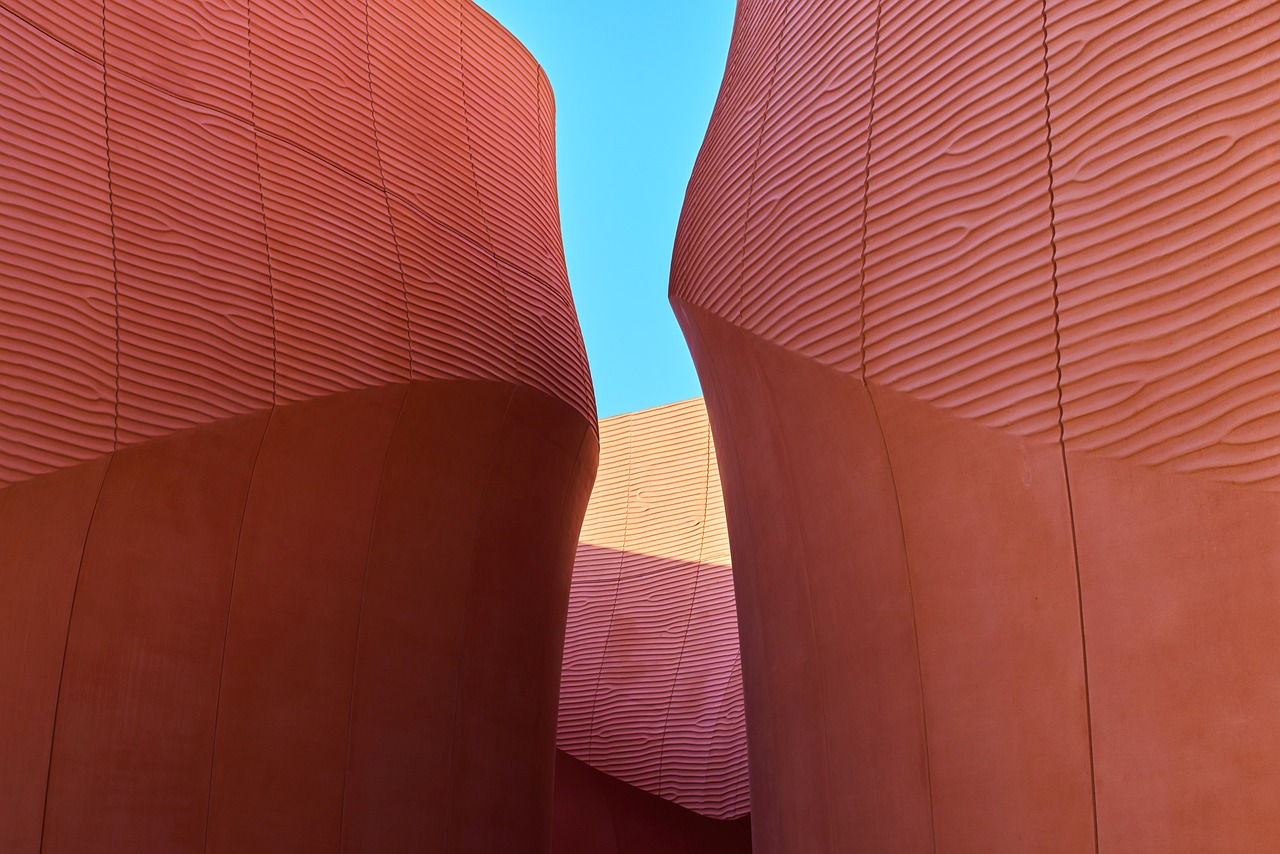 Art
Art 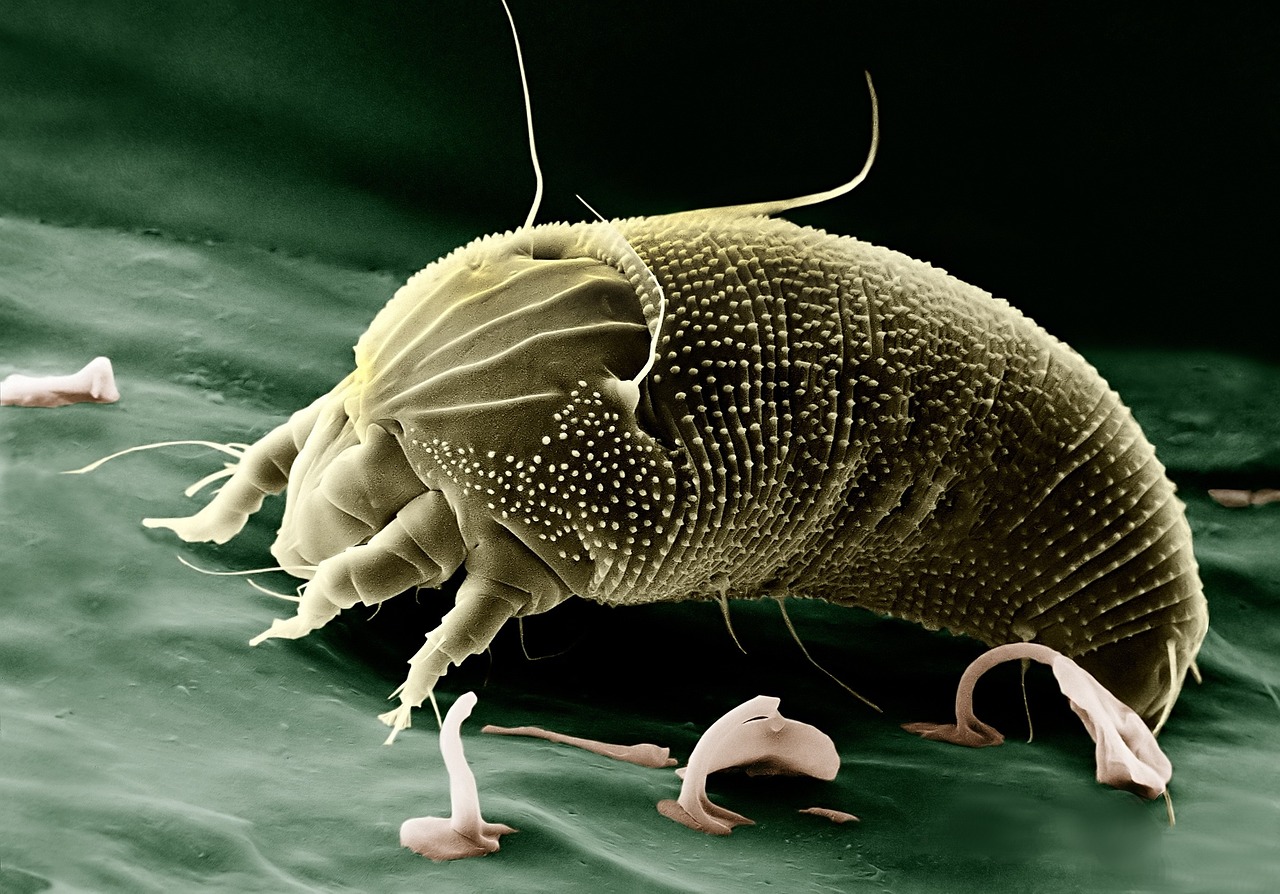 Science
Science  Culture
Culture 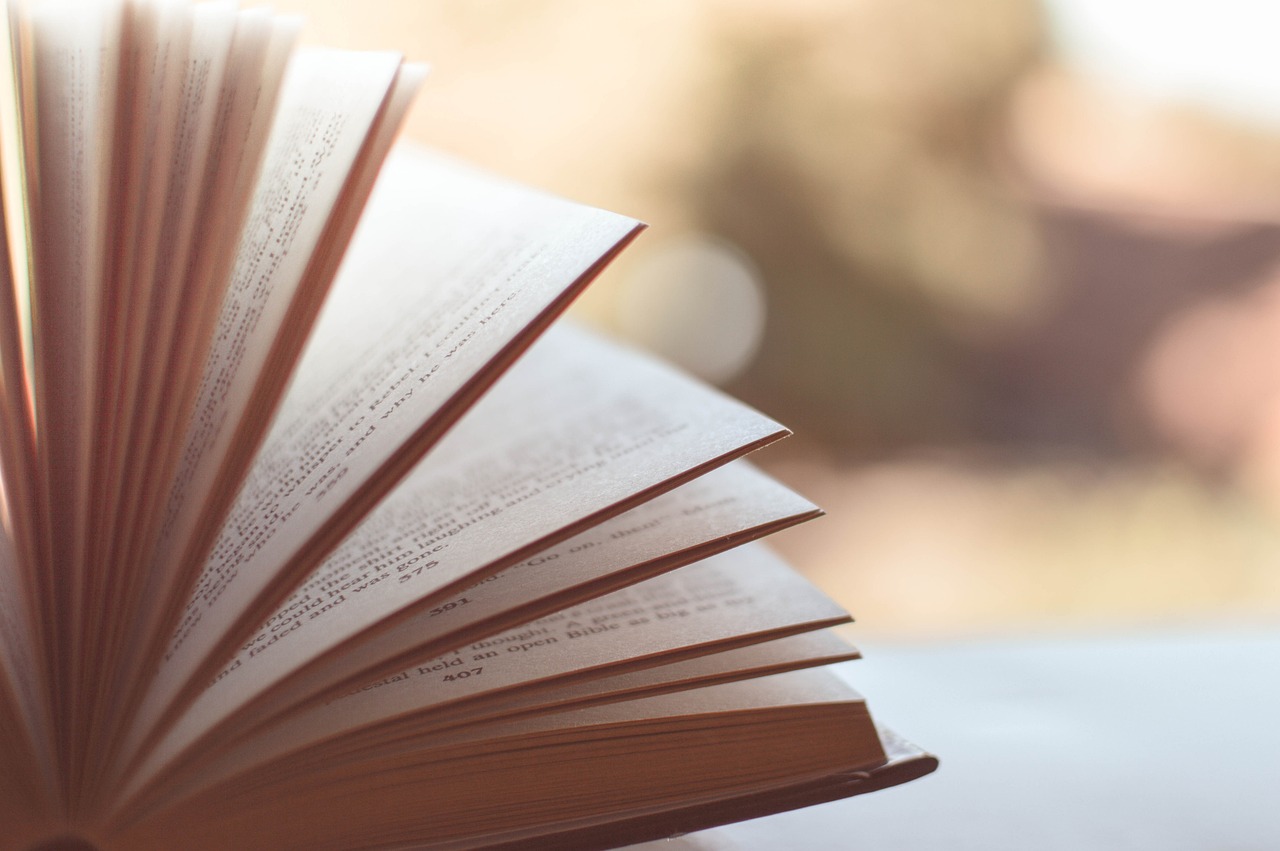 Books
Books  Music
Music  Movies
Movies 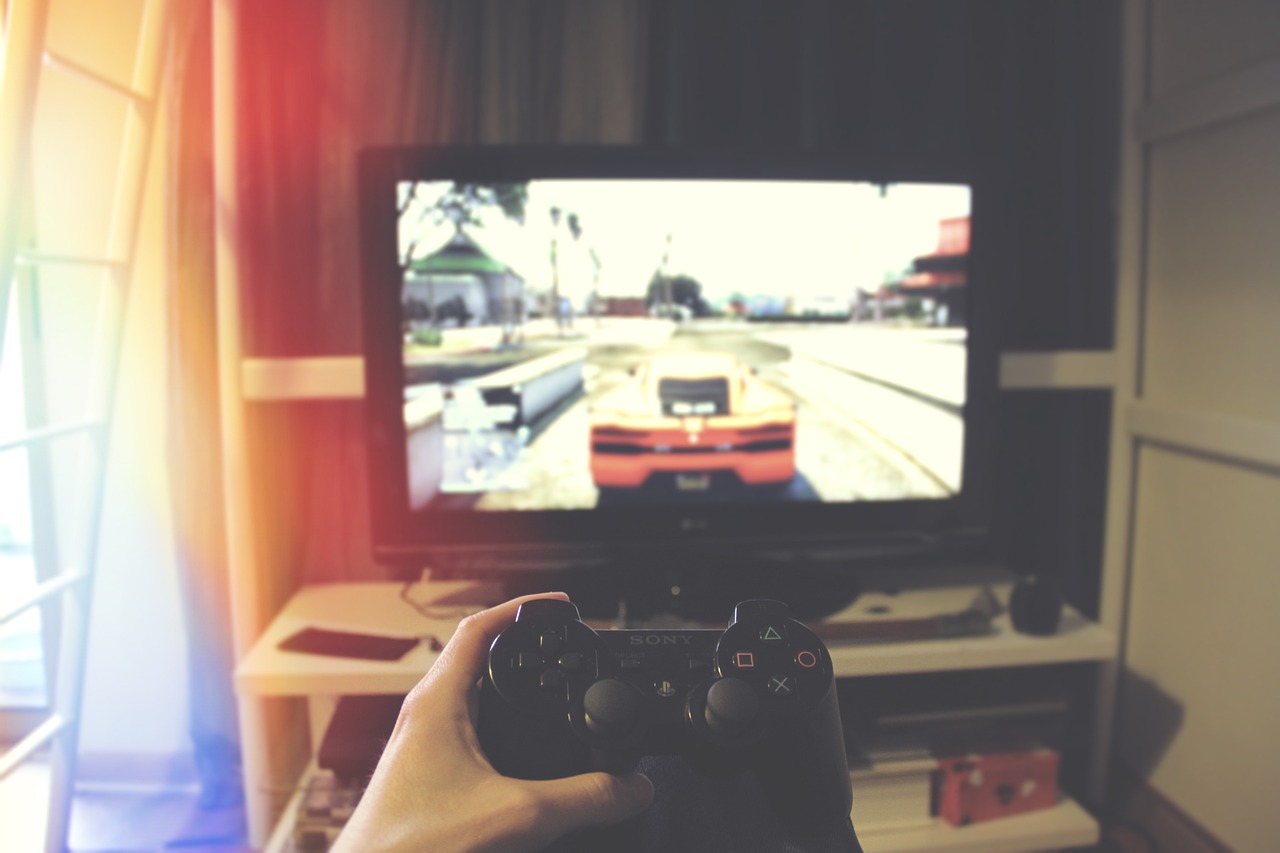 Gaming
Gaming 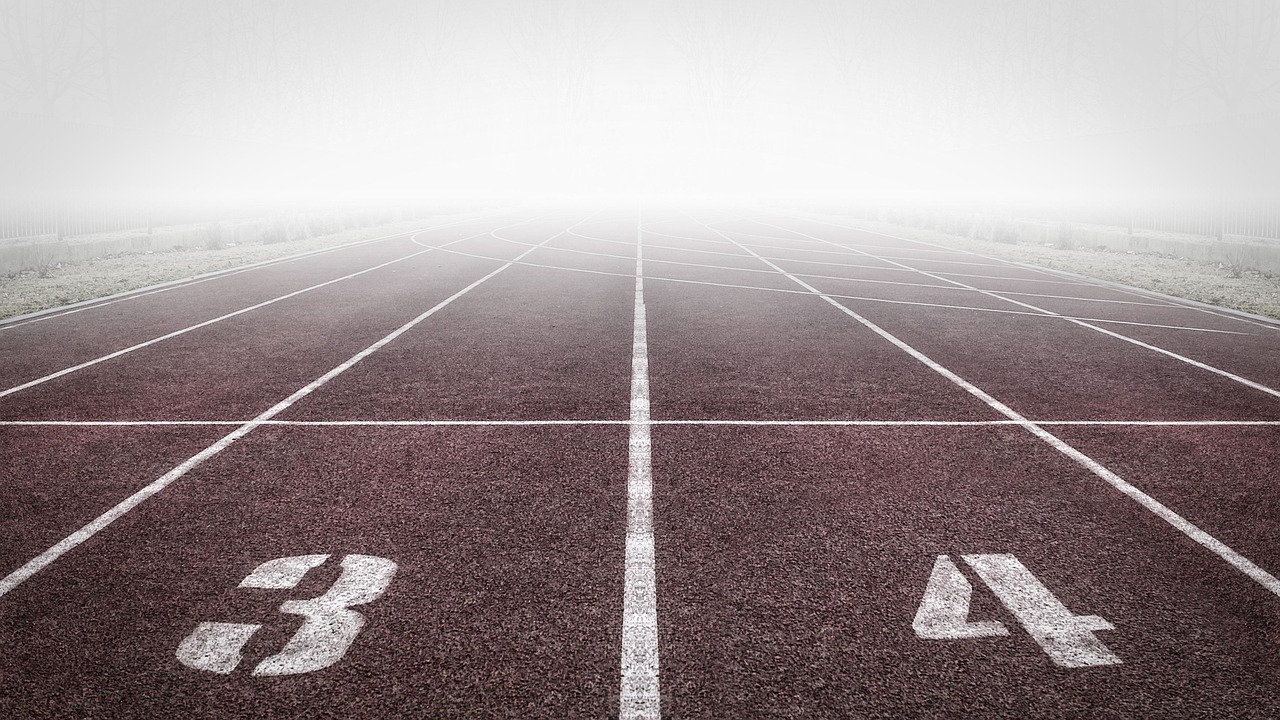 Sports
Sports  Nature
Nature  Home & Garden
Home & Garden 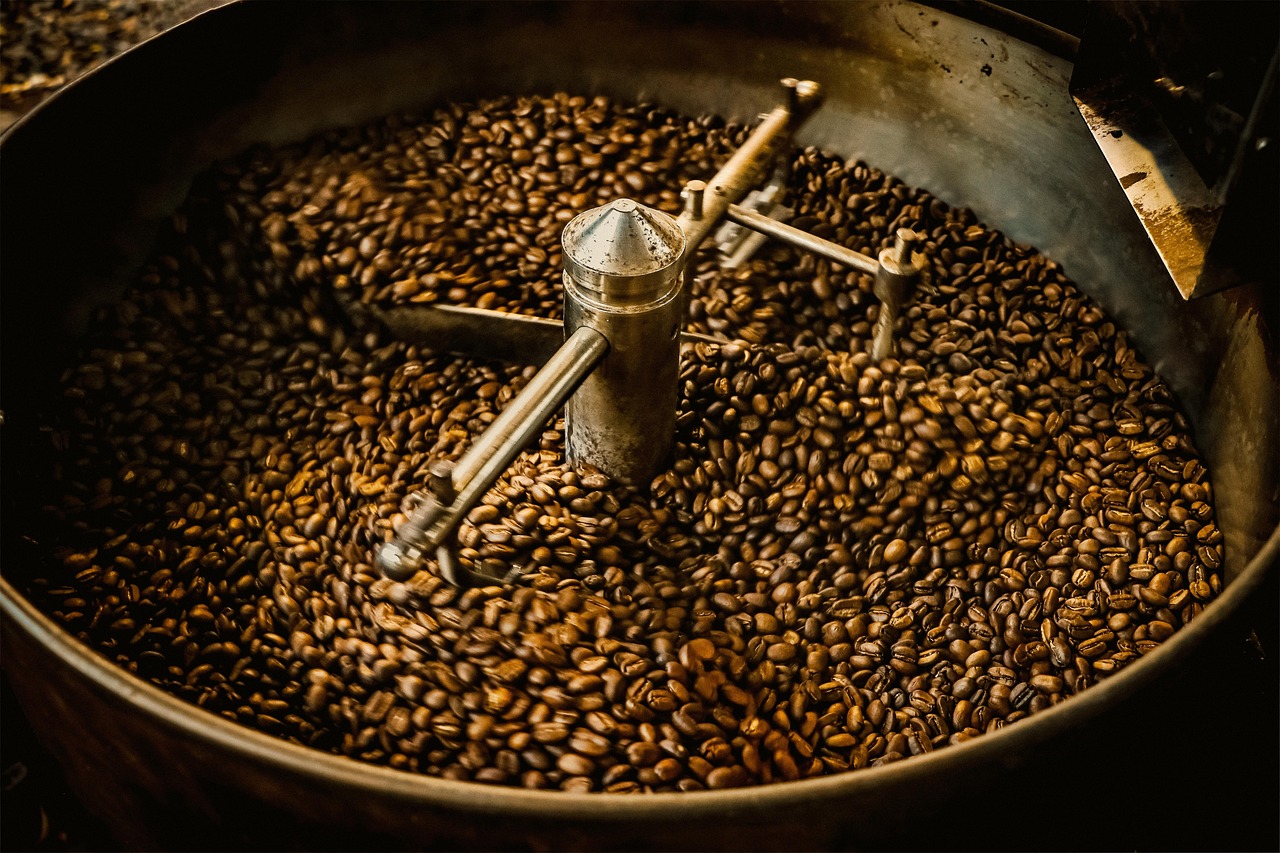 Business & Finance
Business & Finance  Relationships
Relationships  Pets
Pets  Shopping
Shopping  Mindset & Inspiration
Mindset & Inspiration  Environment
Environment 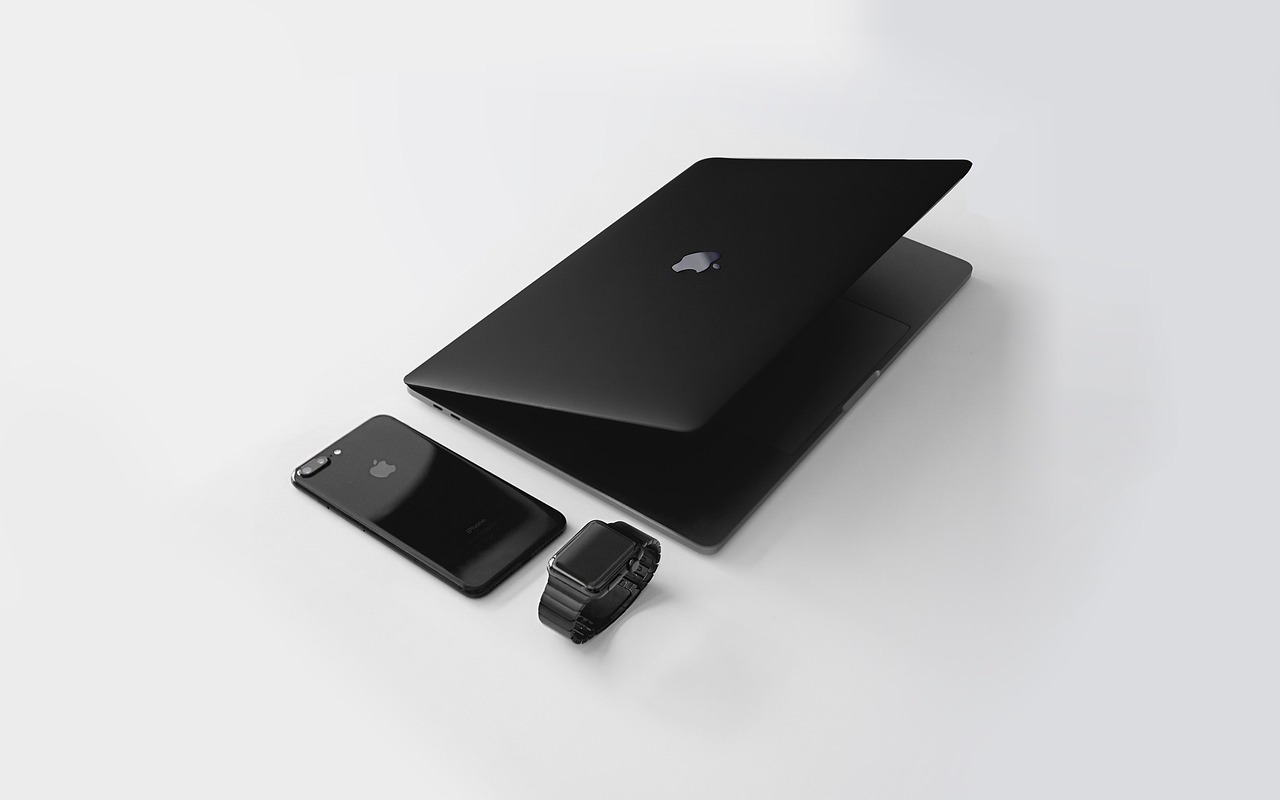 Gadgets
Gadgets  Politics
Politics 